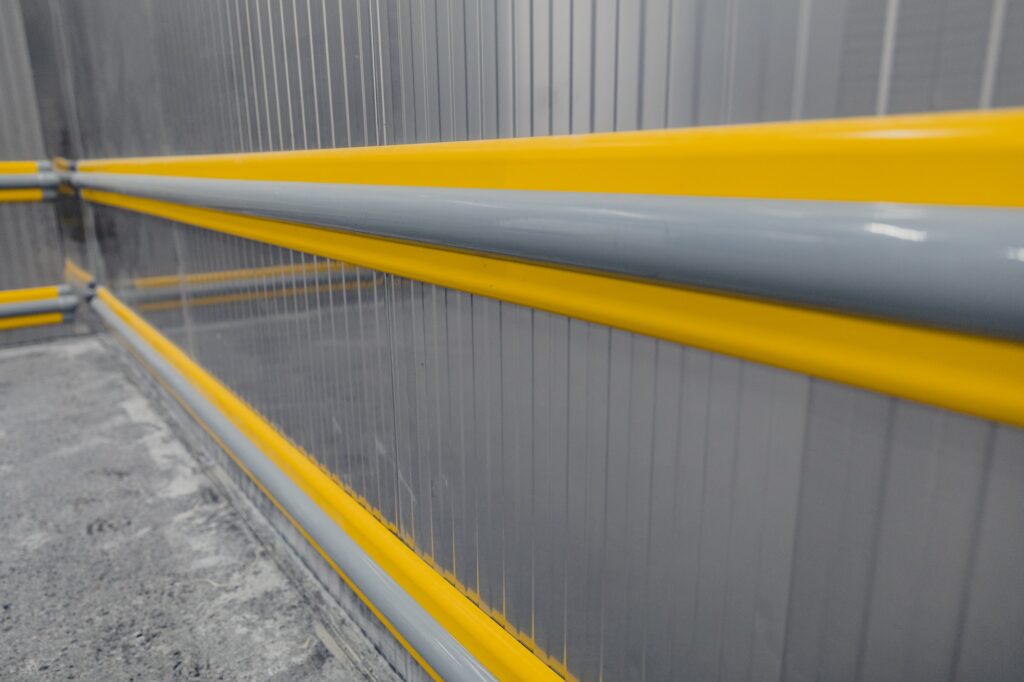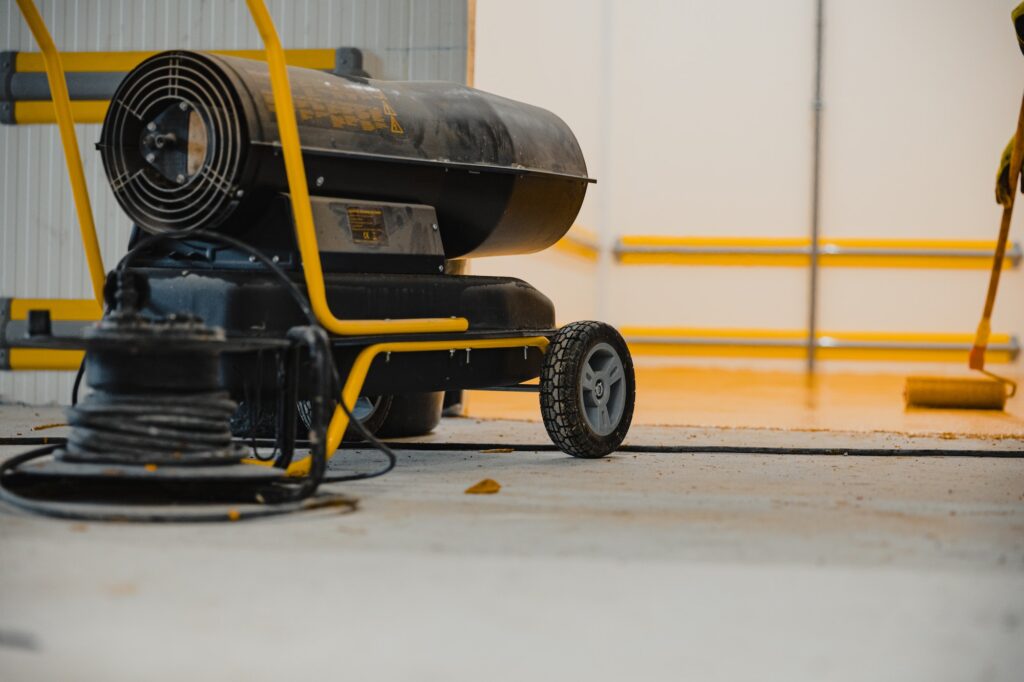When working with polyaspartic flooring, there are several important factors to consider and precautions to take to ensure a successful and safe installation. Here are some key things to care about before and during the polyaspartic flooring process:

- Surface Preparation: Proper surface preparation is crucial for the adhesion and performance of polyaspartic coatings. Ensure that the concrete substrate is clean, dry, and free from any contaminants such as oil, grease, dust, or existing coatings. Surface preparation methods may include shot blasting, diamond grinding, or acid etching.
- Temperature and Humidity: Pay attention to temperature and humidity conditions during the installation process. Polyaspartic coatings are sensitive to environmental factors, and extreme temperatures or high humidity can affect the curing and performance. Follow the manufacturer’s guidelines for temperature and humidity limits during application.
- Mixing Ratios and Pot Life: Accurate mixing of polyaspartic components is essential. Follow the manufacturer’s instructions regarding the correct mixing ratios and adhere to the specified pot life (the time window in which the material remains workable). Avoid using material that has exceeded its pot life, as it may not cure properly.
- Application Techniques: Ensure that you use the correct application techniques for polyaspartic coatings. Common methods include rolling, squeegeeing, and spraying. Be mindful of the recommended thickness and number of coats for the specific polyaspartic product you are using.
- Proper Ventilation: Work in a well-ventilated area, especially when applying polyaspartic coatings indoors. Proper ventilation helps to dissipate fumes and vapors, ensuring a safe working environment.
- Safety Gear: Wear appropriate safety gear, such as gloves, protective clothing, and a respirator, to protect yourself from potential exposure to chemicals and fumes during the application process.
- Cure Time: Polyaspartic coatings cure rapidly compared to other flooring materials. Be prepared to work quickly and efficiently during application to achieve a uniform and smooth finish.
- Quality of Materials: Use high-quality polyaspartic products from reputable manufacturers. The quality of materials can significantly impact the performance and longevity of the flooring system.
- Post-Application Considerations: After installation, follow the manufacturer’s guidelines regarding curing time and restrictions on foot traffic and heavy loads. Allow sufficient time for the polyaspartic floor to cure before subjecting it to full use.
- Regular Maintenance: Once the polyaspartic flooring is in place, proper maintenance is key to preserving its appearance and performance. Follow recommended cleaning and maintenance practices to ensure the floor’s longevity.

By paying attention to these key aspects, you can ensure a successful and durable polyaspartic flooring installation. If you are unsure about any step of the process, consult RESINOO professional team.
- Best Pills for Erection: Your Comprehensive Guide to Enhanced Performance
- TOP 6 Epoxy Resin Applications in 3C Electronics Industry
- The Role of Epoxy Resin in Enhancing Electronics: Applications and Benefits
- A Comprehensive Guide to Epoxy Potting in Industrial Applications
- Essential Tools for Successful Epoxy Resin Flooring Installation